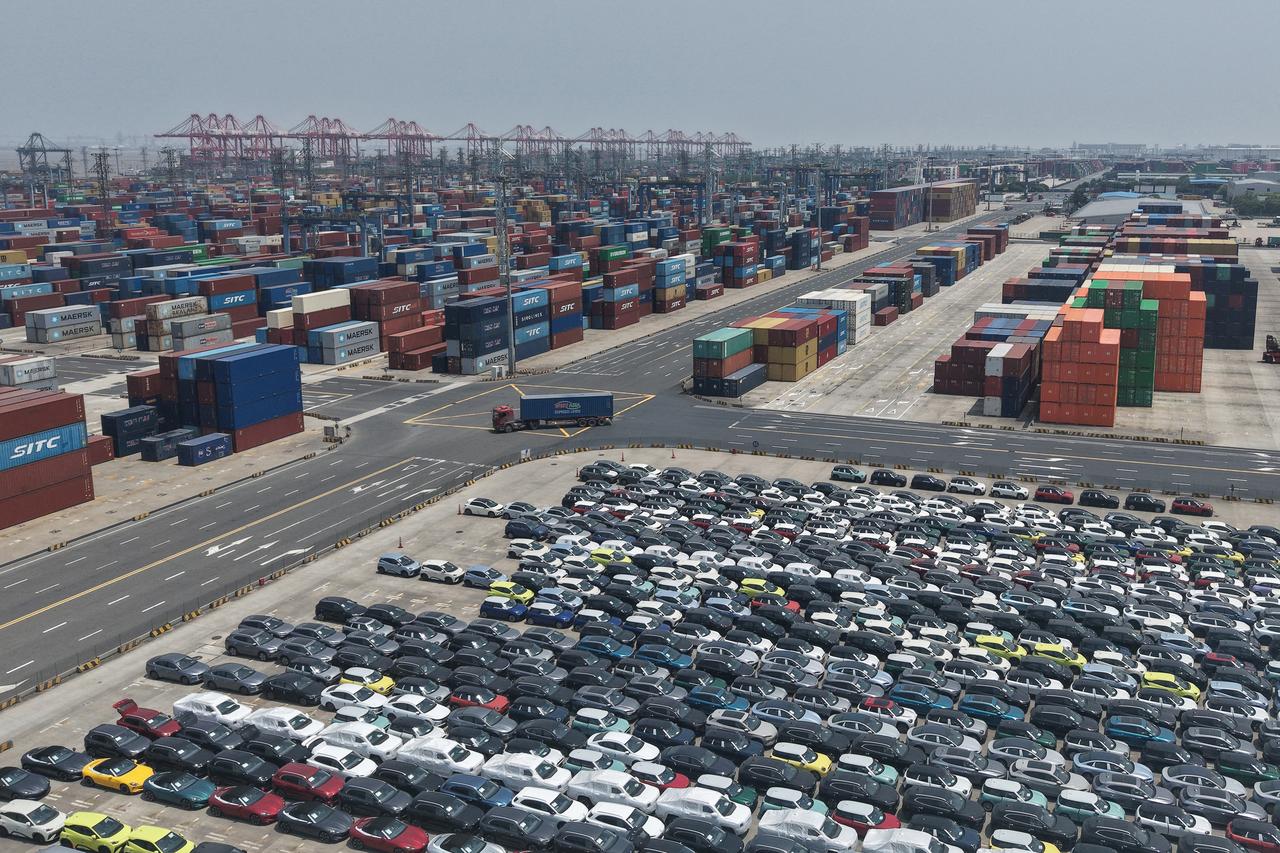
The United States and China have reached an agreement on rare earth supplies and tariffs, U.S. President Donald Trump announced on Wednesday, describing the deal as subject to final approval by both him and Chinese President Xi Jinping.
In his post on Truth Social, Trump said China will provide “full magnets and any necessary rare earths” to the U.S. up front. In return, the United States will uphold its commitments under the agreement, including allowing Chinese students to continue studying at American universities—something Trump called “always good with me.”
President Trump said the deal includes a new tariff arrangement under which the United States will maintain a total of 55% tariffs, while China will impose a 10% rate. While details of the exact breakdown were not disclosed, the figures suggest a continued but asymmetrical tariff structure.
In a post on Truth Social, Trump stated that China will provide the U.S. with “full magnets and any necessary rare earths” as part of the agreement. In return, the United States will continue to allow Chinese students to enroll in American universities, which Trump described as a long-standing positive aspect of the bilateral relationship.

Highlighting the tone of the negotiations, Trump characterized the U.S.-China relationship as “excellent” and said he and Chinese President Xi Jinping plan to work closely together to expand access for American businesses in China. He emphasized that the deal would represent a “great WIN for both countries.”
The agreement marks a shift from the earlier phase of escalating trade tensions. In April, Washington began enforcing broad tariffs on Chinese goods. However, by May, both sides agreed to roll back certain punitive tariffs for an initial 90-day period, laying the groundwork for further negotiations.
While officials from both countries have confirmed the outline of the agreement, its full implementation hinges on final approval from Trump and Xi.
No specific date has been announced for the formal signing.
The outcome of this deal may significantly shape the trajectory of U.S.-China trade relations in the months ahead, particularly in areas involving critical supply chains and access to educational institutions.